Today was lovingly referred to as a "plucking" day. In the previous journal entry I described how we hiked to a research site and removed a square meter of brush and tundra turf. Today we began to process the material which requires many people because there is so much plant matter to identify and sort. You can see a part of this procedure in the video below.
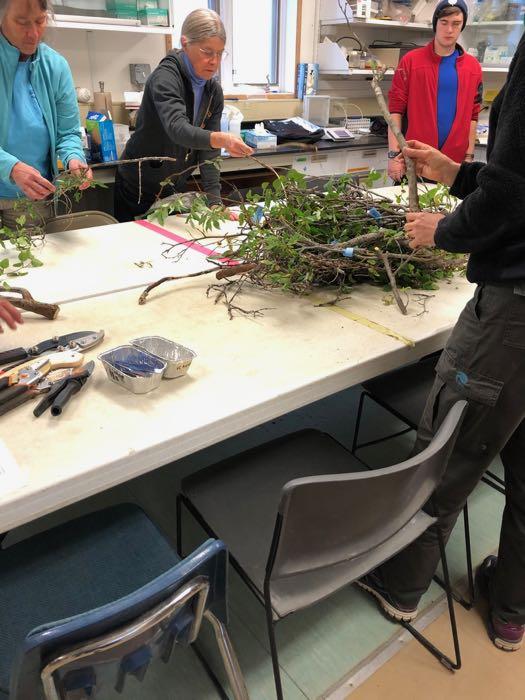
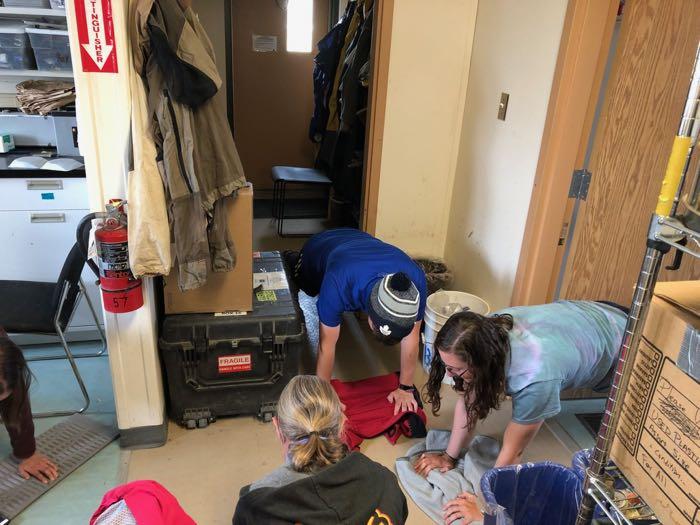
Tomorrow part of the group will remain and continue to process the samples while myself and a few others will return to the field and harvest another site. It's beginning to turn to fall, and the weather is becoming cold with lots of rain and wind so I'll have to make sure to bundle up!
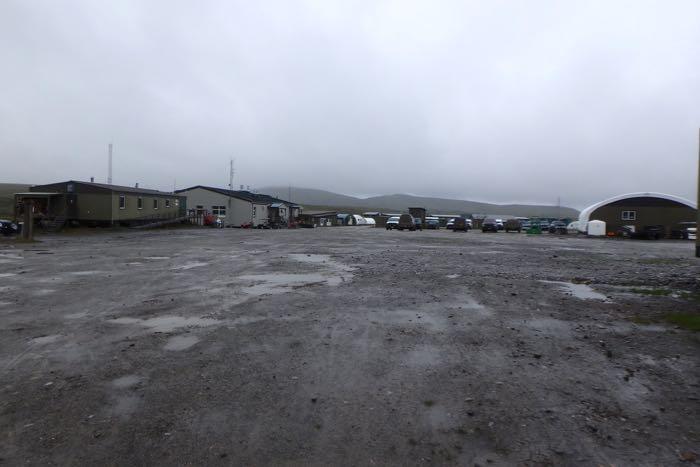


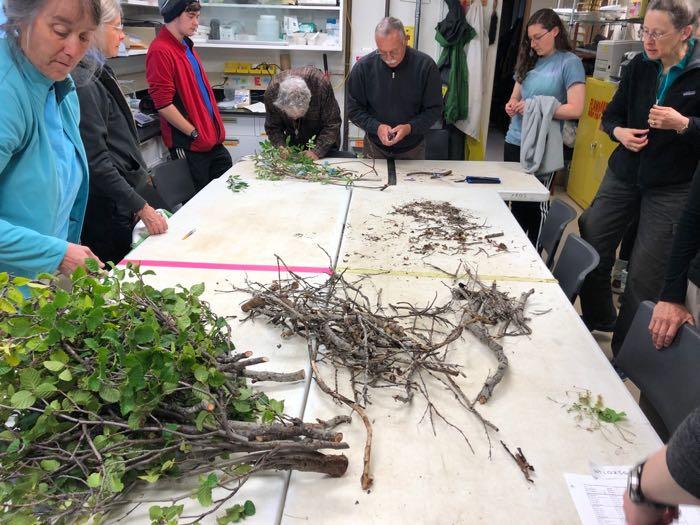
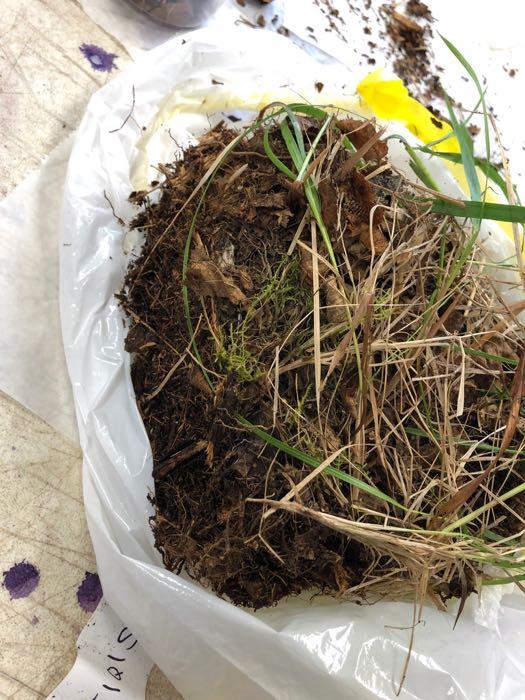


Comments